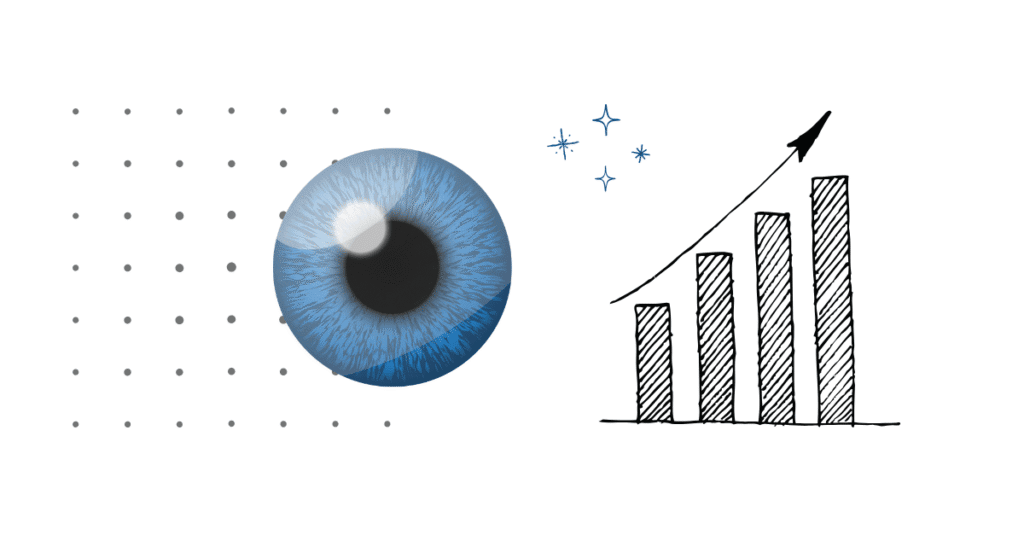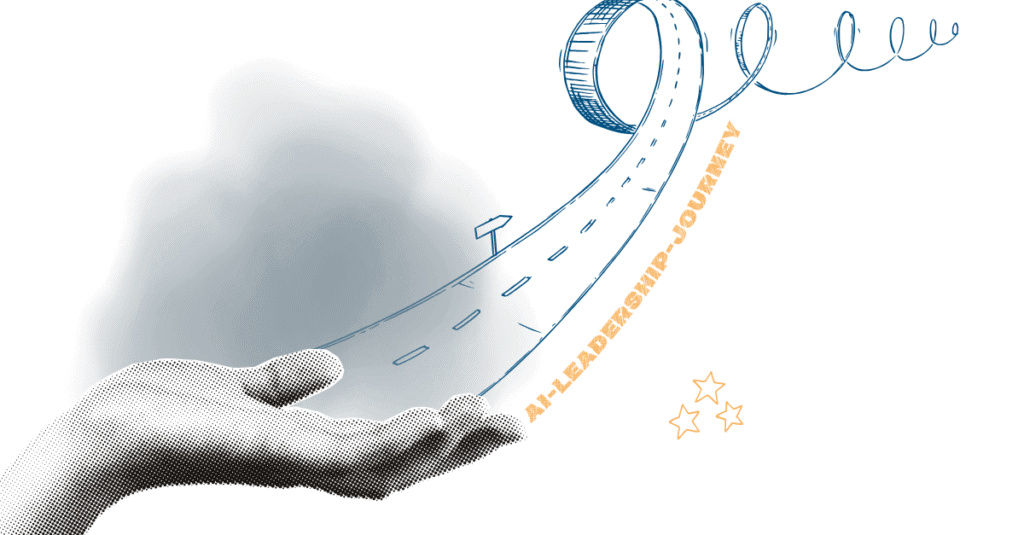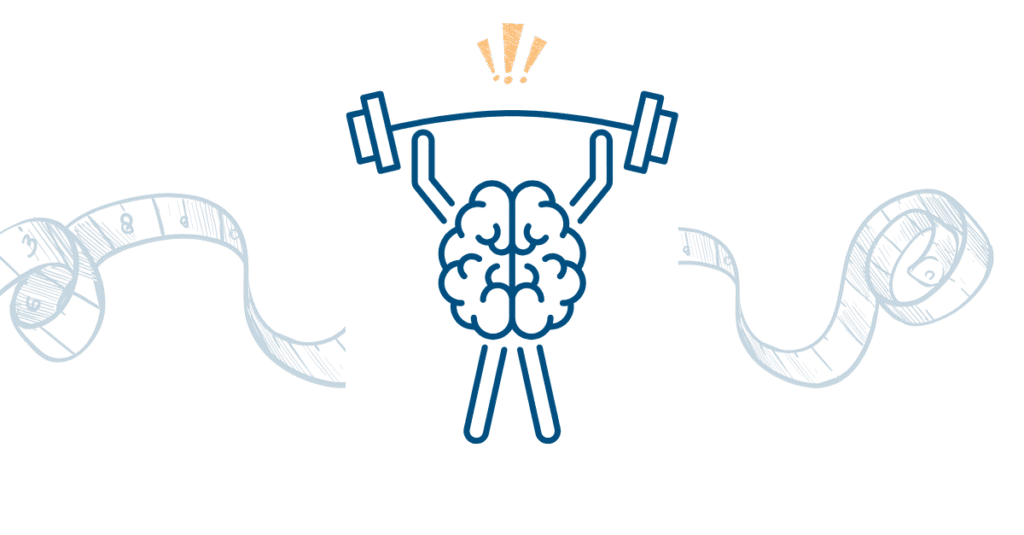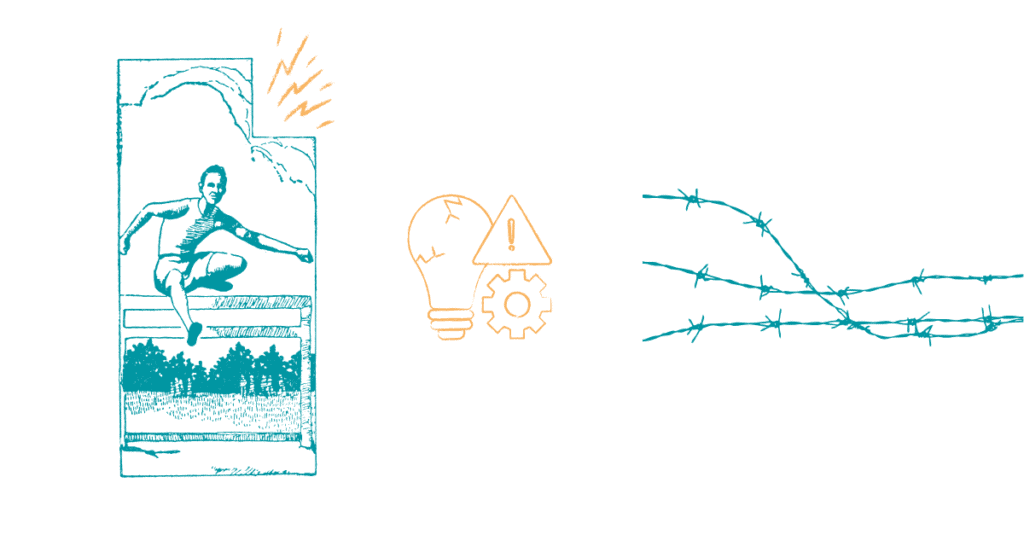How can you make smart decisions today when everything might change tomorrow? Scenario planning plays a central role in strategic planning and risk reduction, as it enables companies to prepare for a range of possible developments. It helps you systematically develop different visions of the future – and derive robust strategies from them. We explain how the process works and what you should pay attention to.
Moreover, the role of scenario planning in strategic processes is crucial for making businesses more resilient in the face of uncertainty and securing long-term competitiveness. With targeted planning and well-informed decision-making, you can respond effectively to unforeseen changes.
What is scenario planning?
Scenario planning is not an oracle, nor is it a prediction of the future. It is a long-term strategic method that allows you to systematically develop, analyze, and use different visions of the future and scenarios for your organization. This planning approach allows companies to respond flexibly to change and explore various “what-if” scenarios.
Unlike traditional forecasts, which often assume a linear continuation of existing trends, scenario planning deliberately includes the unexpected. It asks not just: What is likely? – but also:
- What is possible?
- What would be desirable?
- What could surprise us – positively or negatively?
A key component is the analysis of various future scenarios to better assess risks and opportunities.
This makes it especially valuable in times of increasing uncertainty. Relying on a single future vision can lead to paralysis when unexpected developments occur. Scenario planning, on the other hand, helps develop strategic options before pressure mounts. Specialized systems and digital tools, such as scenario development software and data visualization platforms, support the efficient collection, consolidation, and analysis of data.
A brief look at history
Originally developed for military use, scenario planning was later successfully adapted for corporate strategy by companies like Royal Dutch Shell. Since then, the method has evolved from pure risk prevention to creative future shaping.
Today, scenario planning plays a central role in corporate transformation, helping businesses adapt to diverse industry requirements and address sector-specific challenges. Organizations now use it not only for strategy development but also for innovation, talent development, sustainability, or cultural transformation – always considering external shifts such as regulatory changes or market dynamics. Engaging with different future scenarios leads to better strategies – and deeper self-understanding.
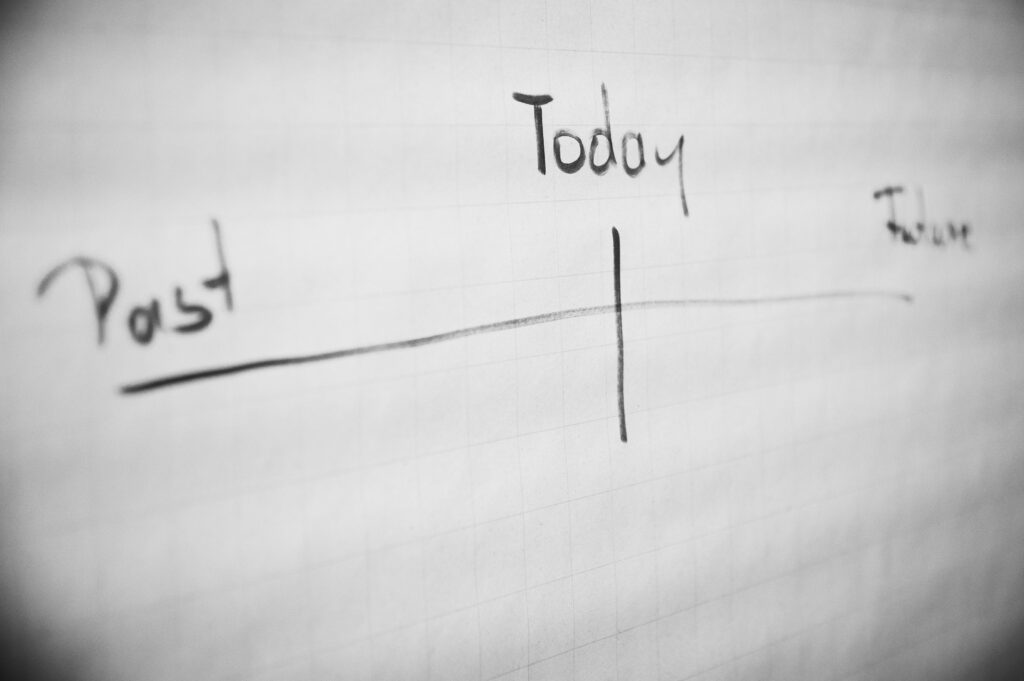
Use cases for scenario planning
Scenario planning is a highly flexible tool that supports companies across various industries in preparing for a wide range of possible developments.
- Corporate planning: Enables structured thinking about future scenarios and their impact on the business, supporting well-informed decisions, targeted resource allocation, and early responses to market or regulatory changes.
- Risk management: Helps identify potential risks and uncertainties and assess their impacts. By developing “what-if” scenarios, companies can proactively take measures to mitigate risk and strengthen resilience.
- Innovation management: Helps generate new ideas, products, or business models by exploring alternative futures. This fosters innovative solutions tailored to evolving customer needs and market demands.
- Supply chain management: Especially relevant in globally interconnected supply chains – as the COVID-19 pandemic highlighted. Scenario planning allows for early detection of disruptions, assessment of their impact, and development of alternative actions, enhancing flexibility and security in volatile environments.
Whether in corporate strategy, risk management, innovation, or supply chain planning – scenario planning gives organizations the opportunity to proactively prepare for diverse futures and make informed decisions.
Scenario planning vs. forecasting
While both scenario planning and forecasting are essential tools for decision-making, they differ fundamentally in their approach.
Forecasts are usually based on historical data and statistical methods. They aim to predict future events as accurately as possible – such as sales volumes, market trends, or economic indicators. Forecasts are often deterministic, assuming that the future follows from the past and that developments are largely predictable.
Scenario planning, by contrast, develops multiple alternative futures. It recognizes that the future is shaped by uncertainty, sudden events, and disruptive changes. Rather than relying on a single prediction, scenario planning analyzes the potential impact of various scenarios and develops flexible strategies and actions.
The key difference lies in assumptions about the future: forecasts assume a certain degree of stability and predictability, whereas scenario planning embraces uncertainty as a reality and uses it as the foundation for strategic thinking.
Companies that use both methods can not only make data-driven decisions but also better prepare for unexpected developments.
Goals and benefits of scenario planning
Scenario planning is not an end in itself. It not only prepares you for different future developments – it also changes your perspective on strategy, leadership, and decision-making. Close collaboration with departments and stakeholders is essential, as it brings diverse perspectives and expertise into the process.
In a world where traditional planning is becoming increasingly rare, scenario planning provides what many organizations lack: orientation without the illusion of certainty.
- Improved risk management: Instead of betting on the “most likely” future, you prepare for multiple realistic options. This makes your strategies more robust and your decisions more sustainable.
- Clear strategic options: Working systematically with alternatives reveals new opportunities – and risks that are often overlooked in linear thinking. This fosters proactive action.
- Greater innovation capacity: Encourages creative thinking beyond existing patterns. New products, services, or business models often emerge where no one has looked before.
- Strengthened collective thinking: Scenario development is almost always a team effort. Diverse perspectives come together, silos are broken down. This promotes collaboration, understanding, and shared responsibility – with CFOs often playing a key role in fostering collective thinking.
- Long-term future-oriented leadership: Provides leaders with a structured framework for reflection, communication, and decision-making in dynamic environments – especially in their role as advisors offering strategic guidance and managing uncertainty. Scenario planning becomes a true leadership tool.
In short: Scenario planning creates mental and operational spaces where the future is no longer seen as a threat – but as a space to shape.
Get exclusive access to cutting-edge insights and expertly curated tools on digital evolution, cultural transformation, future-forward thinking, resilience, mindfulness, and the future of work.
From forecasting to integration: the scenario planning process
Scenario planning often sounds abstract – but in practice, it’s a well-structured process that can be implemented in any organization. It includes several phases where relevant factors are analyzed, scenarios developed, and continuously adapted. The goal is not to find the “right” future, but to develop different plausible futures – and derive actionable strategies from them.
1. Clarify goals and focus
It begins with the question: What do we want to create scenarios for? A new market strategy? The future of work in your company? A potential technological disruption? Defining the goal in context with the company’s current situation is key for relevance.
A clear focus helps direct the process – and ensures that the outcomes are truly meaningful.
2. Identify key themes and influencing factors
Next, analyze your organization’s environment. Methods like PESTEL (Political, Economic, Social, Technological, Environmental, Legal) or STEEP are often used.
Which trends, drivers, and uncertainties impact your system? Which developments are stable – and which are highly dynamic? List and evaluate the key influencing factors.
Systematic analysis helps interpret data, identify trends, and highlight relevant uncertainties for scenario development.
3. Define critical uncertainties and key factors
From the many influencing factors, identify those that are crucial to your future – especially those that are uncertain or controversial. The experience of participants plays a vital role here.
These critical uncertainties often form the basis of your scenarios.
4. Develop scenarios
Now the creative phase begins: Using selected key factors (usually two opposing dimensions), develop a set of scenarios – often visualized in a 2×2 matrix with four alternative future worlds.
Each world is described in a concrete, consistent way: How do we work in this future? How do customer behavior, markets, and technologies evolve? What opportunities or threats arise?
It’s important to consider diverse situations to increase strategic flexibility and resilience. Structured processes are essential for developing impactful, consistent scenarios.
5. Derive strategic implications
Scenarios only add value when turned into action. Key questions include:
- Which of our current strategies are viable in all scenarios?
- Where do we need new strategic options?
- Which early indicators could signal which scenario is unfolding?
6. Integrate into strategy & communication
Finally, integrate insights from the scenario process into strategic management – through robust plans, agile measures, or leadership guidelines. Broad integration is essential.
Scenarios also have communicative power: they foster dialogue, make the future tangible, and create shared language. Strategic communication with stakeholders builds trust and transparency. Increasingly, AI tools support early trend detection and data-driven scenario analysis.
Best practices & common mistakes in scenario planning
Scenario planning is a powerful tool – but only if done well. Here’s how to avoid common mistakes and apply best practices for a well-structured process. Even with a clear process, pitfalls can render scenarios ineffective or unused. CFOs often play a central role in implementing best practices through strategic guidance, cross-functional collaboration, and stakeholder communication.
Best practices – What makes good scenario planning:
- Plausible but not boring: Scenarios should be realistic – but not mere continuations of the status quo. They should challenge assumptions and inspire new thinking.
- Clearly structured and well-facilitated: Scenario planning is a collaborative effort. Professional facilitation ensures all voices are heard without losing focus.
- Diverse perspectives: The more diverse the participants, the better. Different departments, levels of hierarchy, or external voices (e.g., customers, partners) enrich the process.
- Strategic linkage: Scenario planning only adds value when outcomes influence real decisions – in strategy, risk management, or innovation.
- Plan for continuity: Future work isn’t a one-time project. Successful organizations embed scenario planning into their annual strategic rhythm – regularly, flexibly, and iteratively.
Common mistakes – and how to avoid them:
- Too linear thinking: Scenarios based too closely on known trends miss true surprises. Dare to challenge the mainstream.
- Too narrow participation: A small strategy circle lacks depth. Open up the process and tap into your organization’s collective intelligence.
- No implementation: Scenarios are created – and then shelved. Assign clear responsibilities for using and evolving them.
- No follow-up: Scenarios are snapshots in time. Without regular reviews and updates, they lose relevance. Plan for retrospectives and iteration from the start.
Scenario planning meets leadership: why future thinking is becoming a key competency
Leading a team, department, or entire company today means more than ever: making decisions under uncertainty. There are no clear roadmaps, no guaranteed forecasts – but many possible and often conflicting developments.
In this context, scenario planning becomes a crucial leadership tool – not only for developing better strategies but for building a new mindset toward the future.
Scenario planning as a leadership tool
Scenarios help leaders:
- Gain clarity in thinking: They structure complexity and deepen understanding of dynamics and interdependencies.
- Make more conscious decisions: Instead of betting on one expectation, leaders think in options – increasing their strategic range.
- Bring teams into dialogue about the future: Scenarios create shared language – fostering participation, identification, and shared responsibility.
- Deal more confidently with uncertainty: The future is no longer a threat, but a field of action. This mindset resonates throughout the organization.
The mindset behind it: The future is a space of possibilities
Good leadership today isn’t about knowing the one right way – but about creating spaces where new things can emerge. Scenario planning supports exactly this: it strengthens strategic thinking, dialogue competence, reflection, and systems thinking.
Leadership becomes the ability to handle ambiguity, enable future work – and bring others along in the process.
Scenario planning with triangility: Designing the future together
The future can’t be predicted – but it can be prepared for. That’s our approach at triangility. We support organizations, teams, and leaders in developing scenarios that move – in thinking, in action, and in culture.
Whether as a strategic element in business development or as a catalyst for innovation and leadership – scenario planning with triangility is always participatory, systemic, and impactful.

Transform your leadership culture through immersive learning & VR



